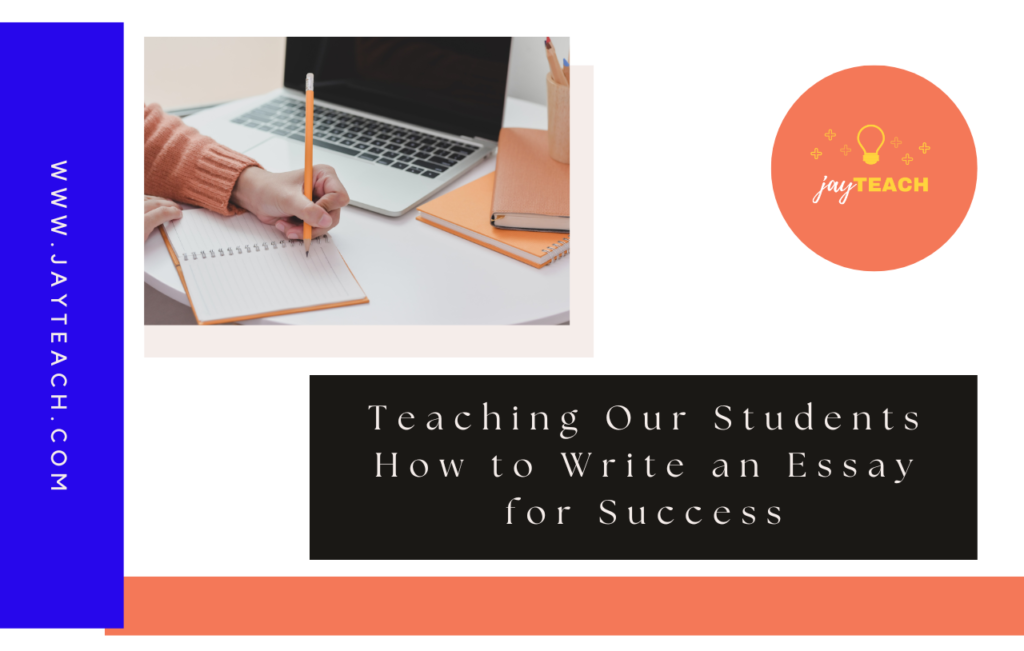Teaching students how to write an essay is probably one of the most common jobs of English Language Arts teachers around the globe. The methods by which we teach essay writing can also be quite controversial.
One school of thought centers on giving students creative liberty and freedom to write something amazing and freeform. After all, some of the best essays do not follow a structure.
The other school of thought lives for the structure, providing a formulaic roadmap for students to follow to a T.
My opinion?
Start by teaching students a structured way to write a 5 paragraph essay. Once they internalize the structure and understand its value, they can deviate like the wind.
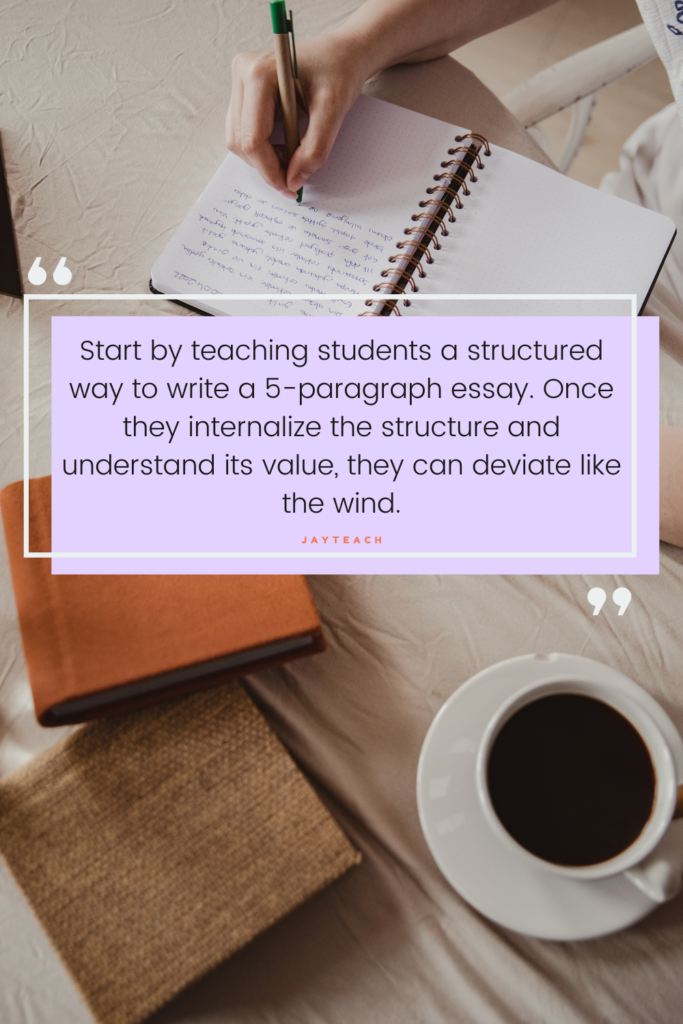
If you are looking for a systematic way to teach essay writing, you have come to the right place. Before we dive in, let me introduce myself! I am a certified teacher, private tutor, college essay coach, and founder of JayTeach. I pride myself on making writing instruction accessible for both teachers and students and have created easy-to-use literacy resources to do just that.
In this blog post, I will provide a step-by-step way to teach students how to write an essay, broken down bit-by-bit.
Why is the 5 paragraph essay important?
Whether you are teaching expository, persuasive, or research-based argument writing, the 5 paragraph essay provides a roadmap for students to follow in order to communicate their ideas in a clear, organized way. Students are able to introduce their topic, provide ample evidence to support a claim, and leave readers with a lasting impression and potentially change the minds of those reading.
I will never forget teaching 10th-grade English. I walked into the classroom prepared as ever to teach my students how to write strong introductions. Upon teaching them how to state a claim or thesis statement, I was surprised to hear several students say, “Wait. I don’t get it.”
Shortly after, the bell rang and the students made their way to their next class. The students left confused and I left frustrated.
I knew I had to come back to class the next day with a different approach and that’s when I began to think long and hard about essay structure.
Let’s start with a little background on essay structure, shall we?
What is essay structure?
The essay structure for a 5-paragraph essay is typically:
- The Introduction – designed to state your claim
- 3 Body Paragraphs – designed to support your claim
- The Conclusion – designed to wrap things up
How to write an introduction:
We do not get those first impressions back! I would argue that an essay’s introduction is the most important piece. I like to break down introductions into three basic parts: hook, background information, and thesis statement.
Hook: This is a 1-2 sentence piece of writing that draws the reader in and provides excitement. Some ways to hook a reader in are with a quote, interesting fact or statistic, a “picture-this” scenario, or an important question.
Background Information: After the hook, it is time to provide background information. Background information is exactly what it sounds like: information that gives us more context and understanding of the topic.
Thesis Statement: The thesis statement is the final sentence of the introduction and is the roadmap to the entire essay. When I am first teaching how to write thesis statements, I give my students a specific formula:
- Thesis statement = main point because reason #1, reason #2, and reason #3.
Generally speaking, students who have stronger thesis statements have stronger, more clear writing.
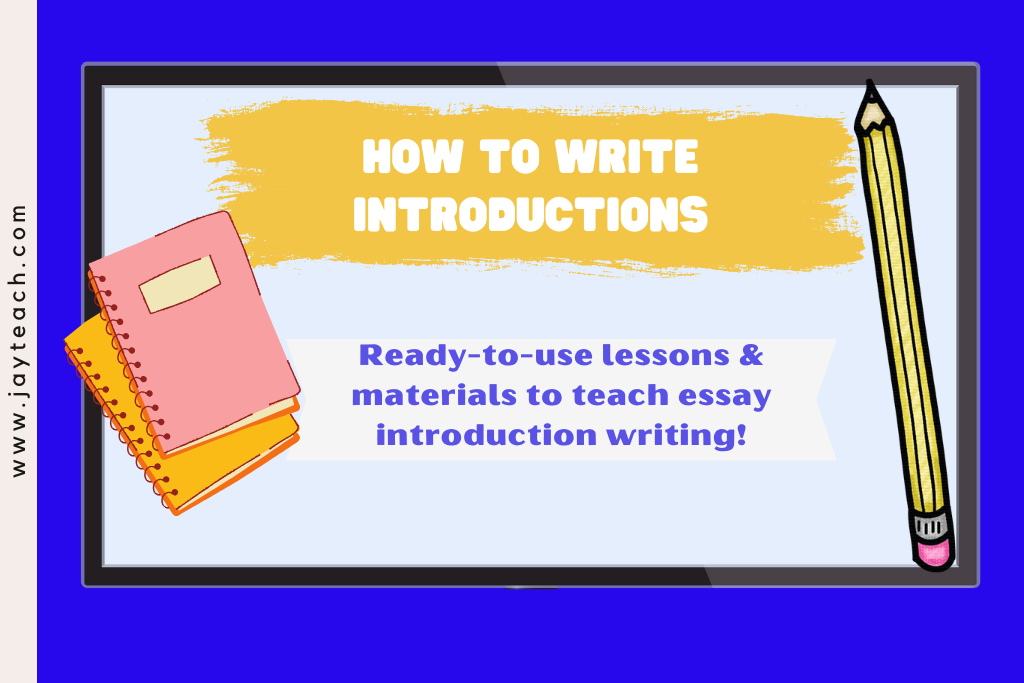
How to write a body paragraph:
An essay’s body paragraphs are the “meat and potatoes” of the piece! When teaching students how to write an essay, the body paragraph is a time for students to support their claims using evidence and analysis. I like to break down the body paragraph into four basic parts: topic sentence, evidence, explanation/analysis, and concluding statement.
Topic sentence: This is the first sentence in a body paragraph and it is very much how it sounds: a sentence that introduces your topic. For starters, I teach students that the topic sentence of each body paragraph should match each reason. As writers become more comfortable with this, they can experiment with more complex ways to write their topic sentence.
Evidence: The evidence is the information that supports your claim. What’s a claim with no support? I typically teach students two types of evidence: anecdotal evidence (evidence from stories or experiences) and textual evidence (evidence from other writing – books, articles, etc.)
Explanation/Analysis: The third feature in a body paragraph is explaining and analyzing the evidence. Something I notice in student writing is arbitrary evidence placement. Simply put, it is not enough to back up a claim with evidence. The writer must explain the evidence and analyze how it connects to and proves the claim.
Concluding Statement: The final leg of our body paragraph! The concluding statement is typically a one-sentence wrap-up that comes at the end of each body paragraph. It ties the paragraph up in a nice, neat bow and confirms that our chosen evidence supports our claim.
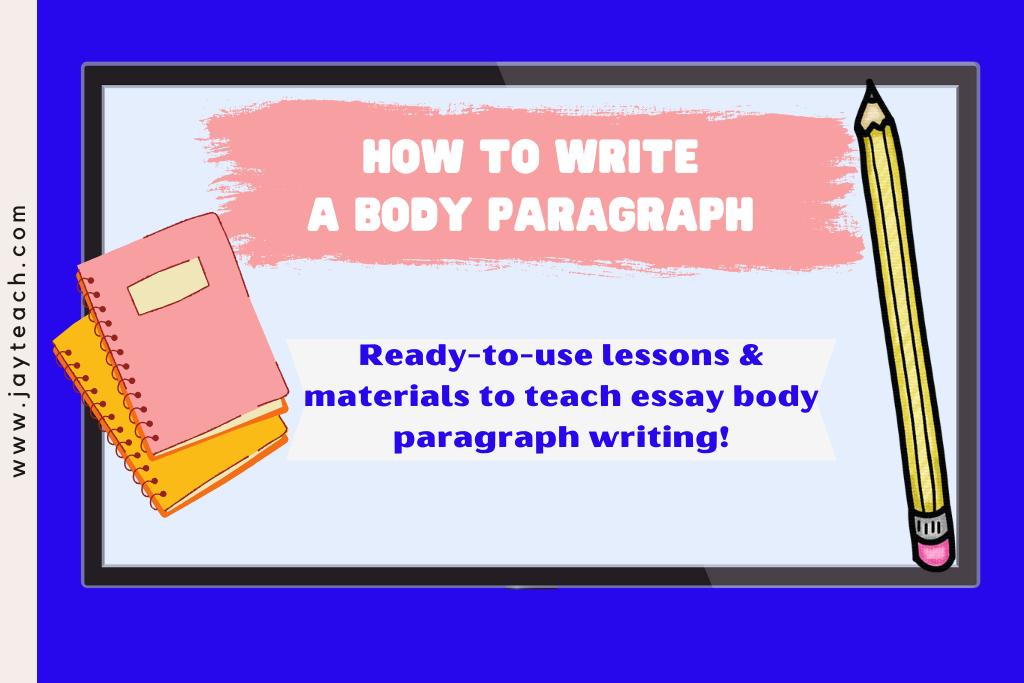
How to write a conclusion:
The grand finale, the wrap-up, the moment we’ve all been waiting for. The conclusion of an essay is the final paragraph. It provides a summary of the entire piece’s purpose and leaves the reader with a lasting impression. I typically break my conclusions into three main parts: restating the thesis, summarizing the main points, and leaving a lasting impression.
Restate the thesis: restate your thesis statement in a different way. You can think of this as paraphrasing yourself. Some places to start are playing with word order and using synonymous language.
Summarize main points: remember those three reasons from earlier? This is your chance to drive your point home by reiterating your main reasons.
Leave a lasting impression: If we think about the point of any piece of writing, it is to make an impact in some way. What better way to end an essay than by giving the reader something to think about? I teach two types of “lasting impressions.” The first, is a call to action. This is an action you hope your reader will take after reading your essay. The second is an emotional statement. This is a sentence that appeals to the reader’s emotions.
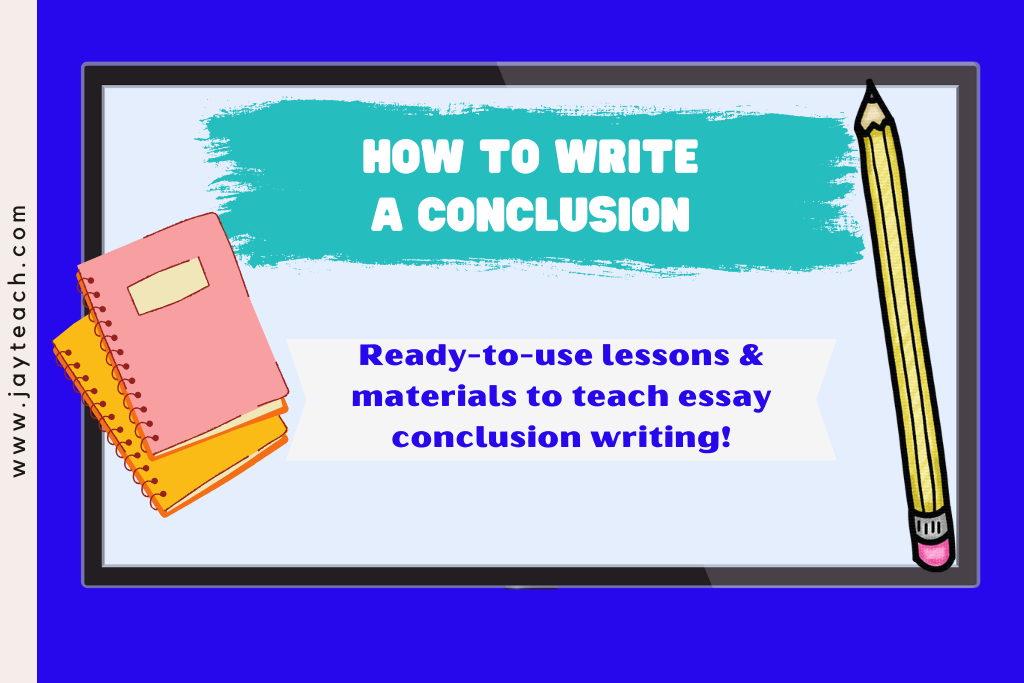
I hope this breakdown of the 5-paragraph essay makes teaching essay writing more accessible and clear. As I mentioned earlier, in order for students to feel like confident writers, they need structure and guidance at the beginning.
If you are interested in essay writing resources, feel free to take a look at my essay writing unit, which saves teachers lots of time and energy!
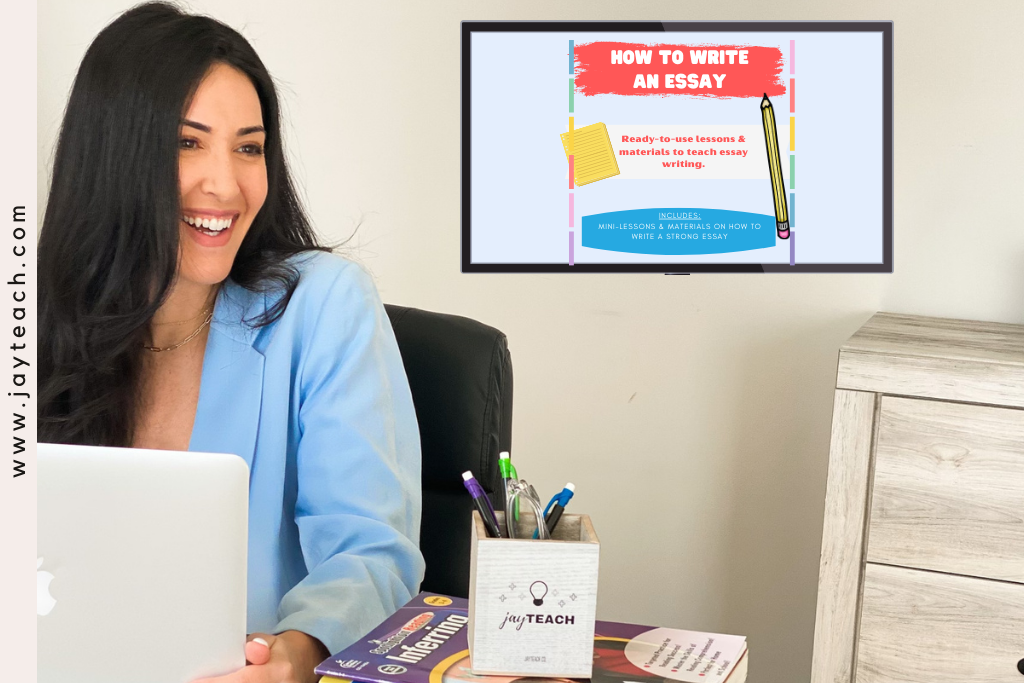
You are now ready to teach students how to write an essay for success!
You may also like:
3 Time-Saving Ways to Teach the Units of Study by Lucy Calkins
5-Paragraph Essay Examples

